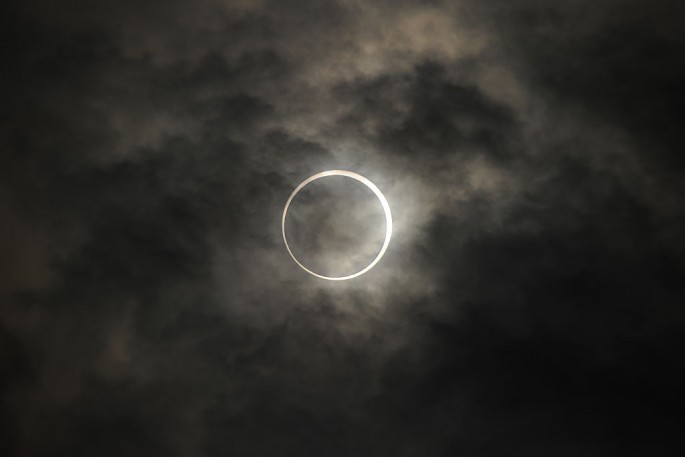The town of Lincoln City, Oregon will witness a unique spectacle on Aug. 21, when a solar eclipse takes place, according to a report by Astronomy Magazine.
Although many observers will flock to see the eclipse, a Chinese telescope team will make an effort to travel the long distance all the way from China just to observe the event.
The group is led by team leader Zhongquan Qu, a professor of solar physics at the University of Chinese Academy of Sciences Yunnan Observatory in Kunming and a member of the IAU Working Group on Solar Eclipses.
“Our telescope is the most advanced in the world regarding solar eclipse observation, especially looking at the corona, the Sun’s outermost layer,” said Qu.
During solar eclipses, the Sun’s corona can be fairly visible and this provides an opportunity for heliophysicists, such as Qu’s team, an opportune moment to view the event, the report further said.
Off the beaten track with FASOT
One thing the team is taking into consideration is to avoid Oregon’s capital, Salem. This is due to the fact that many tourists are expected to take a number of photos and may potentially entail the use of cellphone flashes. Artificial light can negatively affect the scientific observations of Qu’s team.
The telescope that Qu’s team will be using is a Fiber Arrayed Solar Optical Telescope (FASOT). It utilizes an optical fiber array that can efficiently reconstruct corona images.
According to the National Natural Science Foundation of China, FASOT is a “major instrument that introduces the use of optical fibers for high-precision field spectro-polarimetry.”
Spectro-polarimetry gauges the polarization property of light, enabling scientists to obtain key information about the source of that light.
For Qu the technology integrated with the telescope will allow scientists and experts to learn more about the complex structure of the corona, its magnetic field and the cause of solar flares. Ultimately, the team sees this as an opportunity to delve into one of the solar system’s mysteries.



























